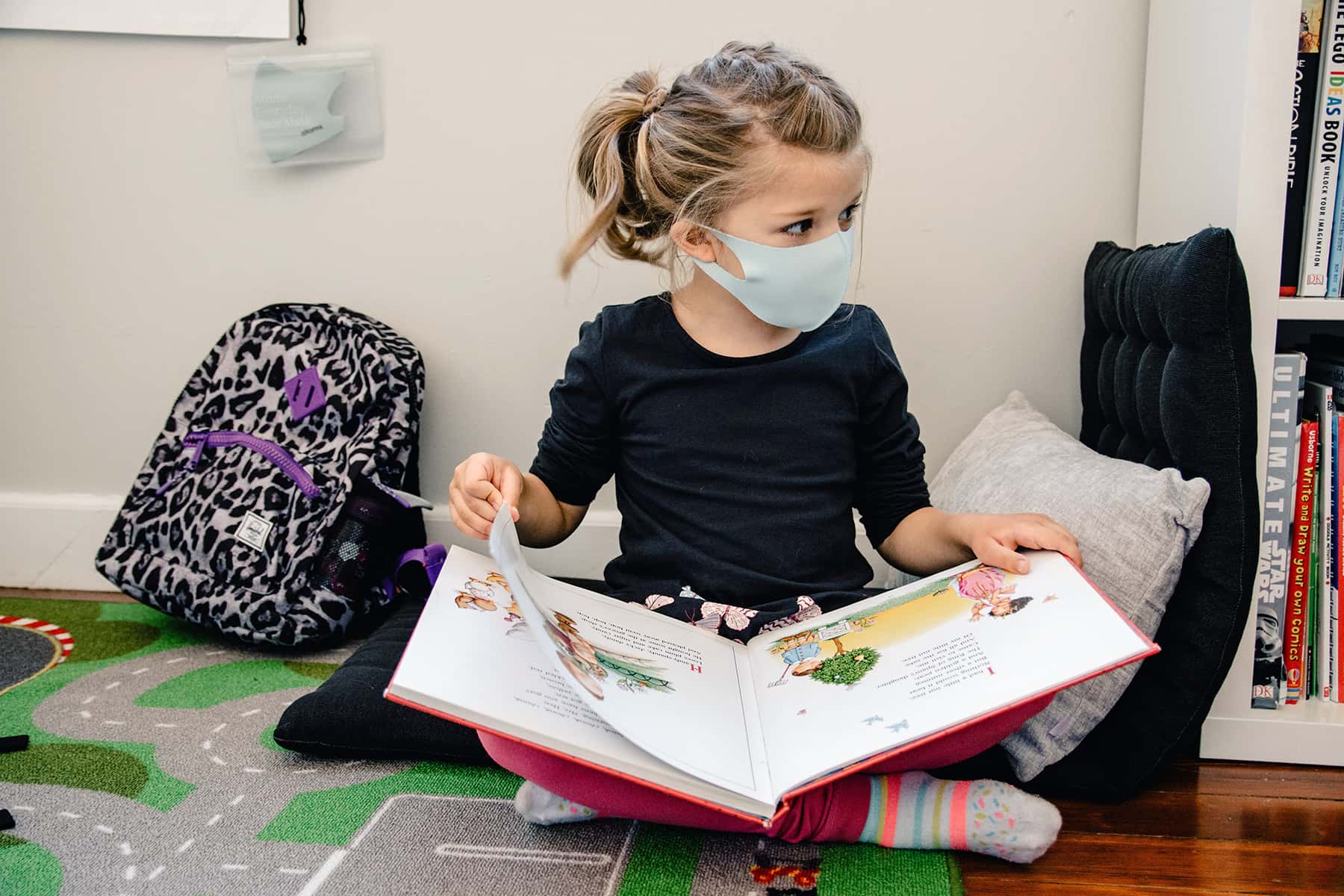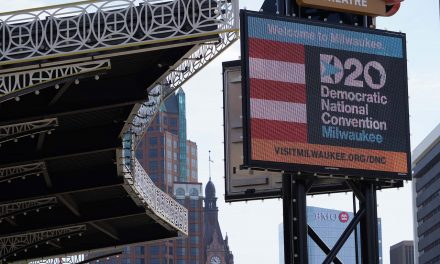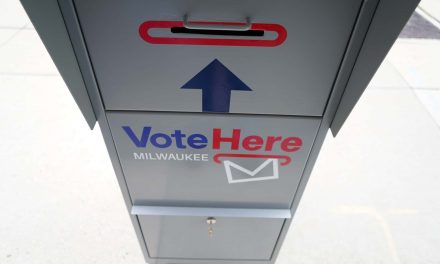
By Kevin Welner, Professor, Education Policy & Law; Director, National Education Policy Center, University of Colorado Boulder
Proponents of charter schools insist that they are public schools “open to all students.” But the truth is more nuanced.
As an education policy researcher, and as author of a new book I wrote with fellow researcher Wagma Mommandi – School’s Choice: How Charter Schools Control Access and Shape Enrollment, I have discovered that charter schools are not as accessible to the public as they are often made out to be.
This finding is particularly relevant in light of the fact that charter school enrollment reportedly grew at a rapid rate during the pandemic. Specifically, according to the National Alliance for Public Charter Schools, enrollment increased 7% from 2019-20 to 2020-21. The organization says that is the biggest enrollment jump in a half-decade.
In our book, we identify and describe 13 different approaches that charters use to bring certain types of students in and push other kinds of students out. Here are four examples.
1. Targeted marketing and advertising
By using specific types of language in their promotional materials and by targeting those materials to specific audiences, charter schools often send a message that they are looking for a certain type of student. This is a way for charter schools to reach or appeal to a certain audience but not others, which in turn shapes who ends up applying to a given school.
For instance, Mueller Charter Leadership Academy in San Diego told prospective families that “All eligible students are welcome to apply. However, it should be noted that because this is a highly advanced, demanding program, it may not be appropriate for everyone.”
Targeted advertising can also carry a message. LISA Academy in Little Rock, Arkansas, in 2016 sent out targeted recruitment mailers to area neighborhoods – skipping over the three zip codes for the heavily Black and Latino parts of town.
“They’re sending a message they don’t want the kids on the east side of town,” Max Brantley, editor of the Arkansas Times, remarked after his newspaper exposed the practice. The school later apologized and explained that its plan was to subsequently reach out to those populations through digital advertising.
2. Conditional applications
Charter schools sometimes require multiple essays or a minimum GPA as a condition for initial or continuing enrollment. Roseland Accelerated Middle School in Santa Rosa, California, for instance, required applicants to submit five short essays plus an autobiography using “well constructed and varied structure.” Minimum GPA requirements can be imposed at the application stage or once admitted. At Lushor Charter School in New Orleans, parents and students are asked to sign a contract that requires students to maintain a 2.0 GPA in core subject areas for continued enrollment.
3. Parents required to ‘volunteer’
Some charter schools require parents to volunteer a certain amount of time at the school, or pay money in lieu of volunteering. Pembroke Pines Charter High School in Florida, for example, required each family to complete 30 such “volunteer hours” per year, but allowed 20 of those hours to be “purchased” – US$100 total to buy out the first 10 hours and $200 more for the next 10 hours. These requirements place an additional burden, in terms of time and money, on families that are already struggling economically.
4. Aggressive use of discipline.
At so-called “no excuses” charters that “sweat the small stuff”, students have – at least historically – been subjected to harsh discipline for minor infractions, such as chewing gum or failing to constantly keep their eyes on the teacher during class. Some of these schools repeatedly suspend students and call parents to leave work to pick up a suspended child. The most high-profile example is Success Academy charter school in Fort Greene, in the Brooklyn borough of New York City, where school leaders created a “Got to Go” list of 16 students who were then subjected to harassing discipline. In one case, a school official threatened to call 911 on a 6-year-old because the child was having a “bad day.” Nine of the 16 students did in fact withdraw from the school.
Functioning like private schools
Cumulatively, these and the other approaches we detail in our book make charter schools more like private schools than the public schools they claim to be. These practices influence which students are admitted to charter schools and then stay in those schools. Charter school choice therefore affects schools’ demographics, including the degree to which they are segregated.
They affect funding equity as well, since state school-finance formulas often do not adequately account for the actual costs of educating different students. In Pennsylvania, for example, charter schools are funded through a system that creates problematic incentives related to access for students with special needs. As explained in a report by the state’s bipartisan legislative Special Education Funding Commission, the current funding system provides charter schools “the same funding for each student with a disability, regardless of the severity of that student’s disability.”
“This creates a strong incentive to over-identify students with less costly disabilities and to under-identify, or under-enroll, students with more severe disabilities,” the report states. A speech impediment, for example, is an example of a mild disability, versus a student with, say, a traumatic brain injury, which is a more severe disability. As the report explains, “A student with a mild disability can be a financial boon to a charter school, given that the funding the charter receives will exceed the charter’s cost to educate a child.”
Notably, Pennsylvania’s funding system does not create these incentives for district-run public schools. These practices also can play a decisive role for comparisons of academic outcomes between charters and traditional public schools run by a school district.
Overall, research consistently shows little if any difference in the average test-score outcomes for the two types of schools. But the comparisons may not be fair and accurate. If charter schools can improve their test scores by screening out students they do not think will do well, it can give them an unfair advantage in comparisons with public schools that accept all students.
Policy incentives revisited
So what can be done to make charter schools more accessible? One way is to change policy incentives such as the Pennsylvania funding system mentioned earlier. States can also change the way they reward schools for how well their students do on tests. Arizona, for instance, has policies that give extra funding to charters and other schools with higher achieving students.
In the final two chapters of our book, Mommandi and I point to a future with charter schools that do not screen or push out students who are lower achieving or more expensive to educate. First, we hold up examples of charter schools that have resisted the incentives to limit access by, for example, working to support their communities’ most marginalized students.
We then offer a design for a healthier charter school system that does not put these exemplary schools at a disadvantage when it comes to accountability and funding systems. Even in a post-pandemic world, charter school enrollment may continue to grow. But until the public has more access, charters will not be truly public.
Kаlly Sіkkаmа and Munааr Аhmаd
Originally published on The Conversation as Why charter schools are not as ‘public’ as they claim to be
Support evidence-based journalism with a tax-deductible donation today, make a contribution to The Conversation.















